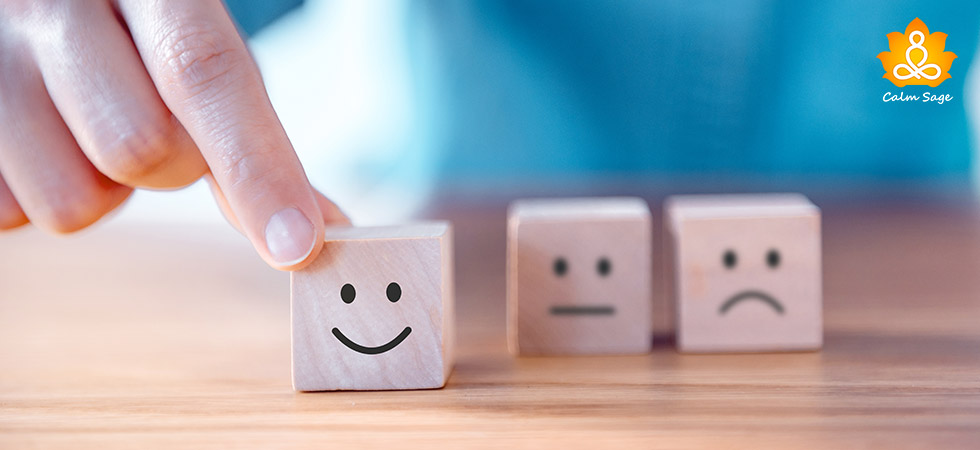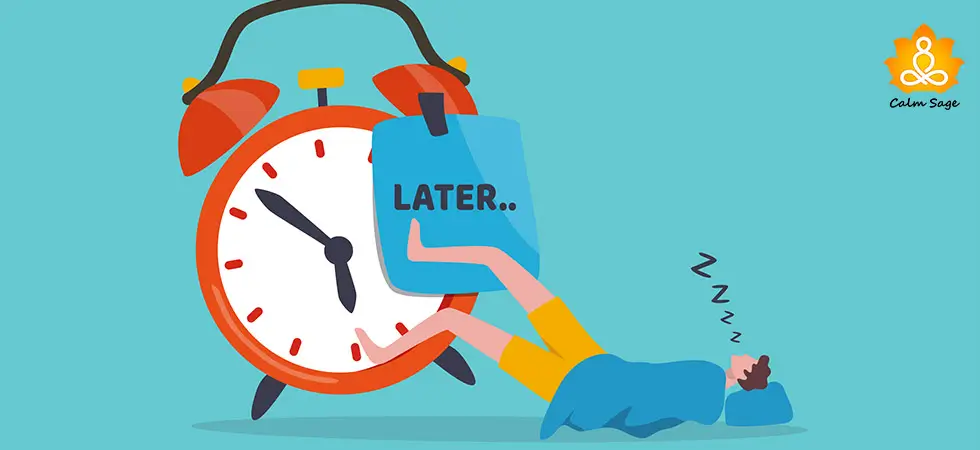Toxic Positivity vs. Genuine Optimism: What’s The Difference?

Remaining positive when the world seems to be drowning in negativity and unpleasant situations is not an easy feat. While there’s hope buzzing around, there’s still a niggling voice in our heads that indicates a bleak future.
To try to remain hopeful, you may go on social media to look for something positive to hold on to but instead, you read, “Life gave you lemons? Make a lemonade” and the cliched positive note makes you feel worse than before. This kind of too much positivity can be harmful too.
If you’ve ever found yourself forcibly staying positive, then you’re not alone. While it’s not pretty, this kind of forced or toxic positivity is more common than one might think. While it may look like optimism, there’s a big difference between toxic positivity and genuine optimism.
Let’s understand the difference between toxic positivity and genuine optimism, how it can make you feel, and how to better understand your feelings without letting the negativity of toxic positivity harm you.

What Is Toxic Positivity?
Toxic positivity is a (somewhat harmful) belief that one should remain positive no matter what happens. The “good vibes only” is an example of toxic positivity. While it can help one stay optimistic in a situation, it can also cause one to suppress their emotions and feelings, urging them to put on a fake front.
Acknowledging and expressing emotions is an important part of our well-being and while staying positive can bring a positive outlook, it can cause us to minimize and avoid the emotions – pleasant and unpleasant. What many people don’t realize is that emotions, even the negative ones, are important to acknowledge and express. Failing to do so can reflect negatively on our well-being.
What Is Genuine Optimism?
Optimism, on the other hand, is a mental attitude that can be described as having hopeful and confident thinking about the future. Optimism is not forced and is more natural, unlike toxic positivity. Optimistic people expect (and believe) that good things will happen. Optimism is linked to many health benefits as well, including healthy coping skills, low stress, higher resilience, etc.
When you are genuinely optimistic, you view the challenges in your life as learning opportunities. Even during the days, when there’s little to no positivity, you remain strong in your belief that good days will follow. Genuine optimism makes you see the brighter side of things and causes you to experience positive emotions more than negative ones.
Toxic Positivity vs. Genuine Optimism

There’s a complicated relationship between positivity and optimism. Positivity can help you lower your stress levels, improve your immune system, and even boost your overall well-being. Positive emotions such as happiness, hope, and inspiration can be good for your emotional and cognitive health.
However, there’s another, less productive side of positivity aka toxic positivity.
We’re told that by remaining positive even in uncertain situations, you can be happy but how much of it truly helps? This kind of toxic positivity can make you overlook the emotions and experiences you need to feel alive.
I mean, telling someone to cheer up when they failed an assignment is one thing. But telling someone to stay positive when they’re struggling with a chronic illness, depression, or grief is another thing.
In such cases, saying, “think positive” can do more harm than good. Toxic positivity takes away one’s validation to embrace unpleasant emotions. In simple words, saying this kind of phrase can make the other person feel that their negative and sad emotions are invalid.
Optimism, on the other hand, is rooted in the reality (of what is) instead of the belief that everything is good, even if it isn’t. With optimism, you have the space to acknowledge (and eventually embrace) that things are not going well but believe that there is a chance for improvement in the future.
Let me present some common examples of toxic positivity and optimism:
-
Toxic Positivity
“You should try a little more to be positive”
“Being sad will not help you. It’ll only ruin your life”
“Others have it worse than you”
“Don’t think about negative things”
“No matter what, you should always stay positive”
Toxic positivity can make the future seem bleak even if it is not. It only looks at the future with a one-colored lens – black. Toxic positivity makes you gloss over the bad and negative emotions entirely and makes your pain a competition.
-
Genuine Optimism
“Things can take an unexpected turn anytime”
“It’s OK to feel low”
“Your pain is valid. What hurts you matter the most”
“It’s OK to express and share what’s causing you pain. This way you can tackle the issue easily”
“It’s OK to rest and just breathe”
Realistic optimism acknowledges that highs and lows are a part of life and while it may hurt, there is nothing wrong with that. With optimism, you look at the world with a grey lens, a mix of white and black, unlike toxic positivity’s only black lens.
Optimism validates your hurt feelings and accepts that not everyone goes through the same things. It also allows you to identify and label your emotions without self-judgment. When you’re optimistic, you understand that it’s OK to take breaks and not remain positive every time.
How To Embrace Genuine Optimism?
Here are a few strategies you can embrace genuine optimism and slowly let go of toxic positivity:
1.Don’t Push Away Negative Emotions
It’s ok to feel sad, angry, and hopeless especially when you’re going through something tough but avoiding those emotions is NOT ok. Negative emotions are a part of your psyche and pushing them away will not bring you happiness. You need to learn how to balance your negative and positive emotions.
2.Understand What You Can And Can’t Change
In any situation, there’s always something that can be done to change it. Make a list of what you can do and work on it. However, you need to understand that there are some things you just can’t control or change. Not every relationship can be salvageable or a problem can be solved. Accepting this can make a difference in your positive thinking.
3.Correct Negative Thinking Patterns
It’s OK to have negative thoughts but sometimes you may develop negative thinking patterns without knowing it. You may begin to think about the worst-case scenarios first before anything else. It’s OK to make these errors but it’s also important to correct them. For every negative thought, think, “Is there an alternative thought?”
4.Express Your Emotions
Sometimes our loved ones may not understand our need to express negative emotions but it should not stop us from constructively expressing them. Try to journal, share your thoughts on a support group, or simply talk to a loved one.
5.Seek Help, When Needed
If you feel hopeless and depressed, causing you to slip into a toxic positivity pattern, it’s recommended that you speak to a mental health professional and get the right support. You’re not alone and dealing with problems with someone rather than alone is not a sign of weakness but strength.
I hope this article helped you understand the difference between toxic positivity and genuine optimism and how to embrace optimism.
For more, you can write to us at info@calmsage.com or DM us on social media. Found this article helpful? Let us know in the comments below!
Take Care!




















